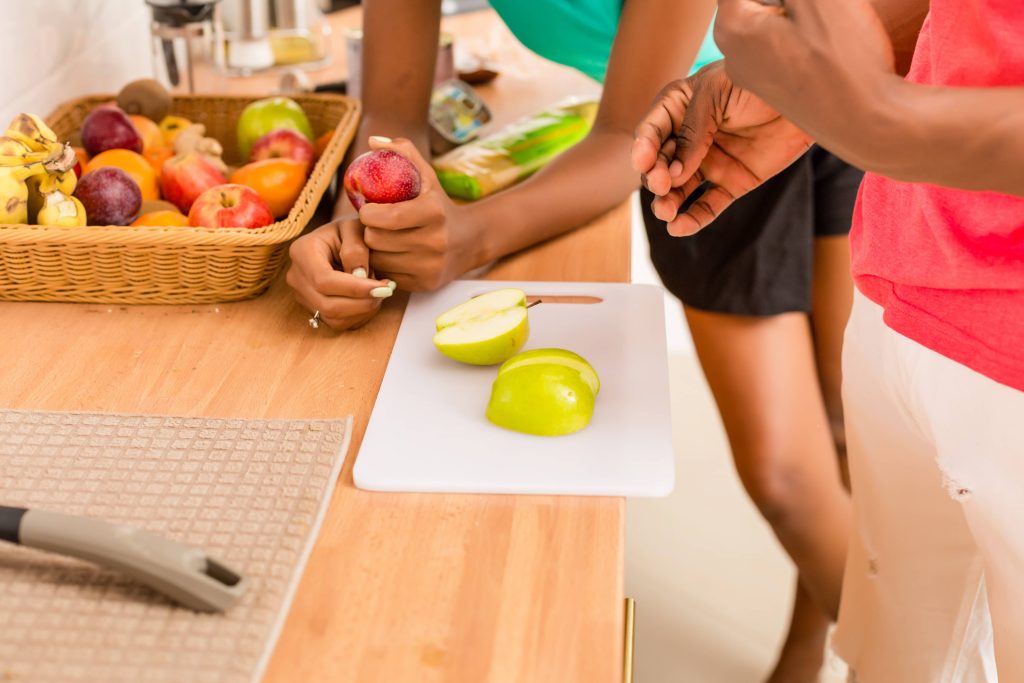
Salads often get a bad rap for being boring bowls of greens, but they can be much more than that. In fact, a well-prepared salad can be a culinary delight, bursting with flavors and textures that make your meal satisfying and enjoyable. The key to creating a wholesome and tasty salad is to combine the right ingredients and dressings that appeal to your taste buds while nourishing your body. Whether you’re looking to create a quick lunch or a hearty dinner, this guide will help you craft delicious and nutritious salads that you’ll crave.
1. Start with Fresh Greens
The foundation of any great salad is fresh, vibrant greens. They provide not only a burst of color but also a variety of nutrients. When selecting greens, consider mixing different varieties to create a balance of flavors and textures. Some popular options include:
– Leafy Greens: Spinach, arugula, kale, and romaine lettuce are great choices for a base. Spinach offers iron and vitamin K, arugula adds a peppery bite, and kale is a nutritional powerhouse with fiber, antioxidants, and vitamins.
– Microgreens: These baby plants pack a punch in terms of flavor and nutrients. They’re perfect for adding a gourmet touch to your salad.
– Cabbage and Endive: For a crispy texture, add shredded cabbage or endive. They’re both rich in fiber and vitamins.
2. Add a Protein Source
To make your salad more filling and balanced, include a protein source. Proteins help build and repair tissues and are essential for overall health. Here are some protein options:
– Lean Meats: Grilled chicken or turkey breast are excellent lean protein options. They’re versatile and can be seasoned with various herbs and spices for flavor.
– Plant-Based Options: Chickpeas, lentils, black beans, or tofu are great for vegetarians and vegans. They provide protein, fiber, and other essential nutrients.
– Seafood: Grilled shrimp, salmon, or tuna can elevate your salad, adding omega-3 fatty acids and protein.
3. Incorporate Healthy Fats
Healthy fats are crucial for absorbing fat-soluble vitamins and keeping you satiated. They also add rich flavors and textures to your salad. Consider these healthy fat options:
– Avocados: They provide a creamy texture and are rich in monounsaturated fats and potassium.
– Nuts and Seeds: Almonds, walnuts, sunflower seeds, or chia seeds add a delightful crunch while offering healthy fats and proteins.
– Cheese: Feta, goat cheese, or parmesan can add a hint of saltiness and creaminess. Choose them sparingly to avoid excess calories.
4. Include a Variety of Vegetables
For a flavorful and colorful salad, include a variety of vegetables. They add nutrients as well as different textures to your dish. Consider:
– Bell Peppers: Red, yellow, and orange bell peppers are vibrant, sweet, and high in vitamin C.
– Cucumbers: For a refreshing crunch, go for cucumbers. They are hydrating and low in calories.
– Tomatoes: Cherry or grape tomatoes offer a burst of juicy flavor and a good dose of vitamin C and antioxidants.
– Radishes and Carrots: Both add a sharp, peppery flavor and a beautiful color contrast.
5. Enhance with Fruits
Fruits can add a touch of sweetness and balance to your salad. They provide natural sugars and additional nutrients:
– Berries: Strawberries, blueberries, or raspberries add antioxidants and a sweet-tart flavor.
– Citrus: Oranges or grapefruit add a zesty tang and a dose of vitamin C.
– Apples or Pears: Thinly sliced, they add crispness and sweetness.
6. Craft a Flavorful Dressing
A good dressing can make or break a salad. Crafting your own dressing ensures you can control the ingredients and flavors. Some dressing ideas include:
– Vinaigrettes: A simple combination of olive oil, balsamic vinegar, Dijon mustard, and honey can create a versatile and flavorful dressing.
– Creamy Dressings: Use Greek yogurt as a base for a healthier creamy dressing. Mix with lemon juice, garlic, and herbs for a tangy taste.
– Citrus Dressings: Combine lemon or lime juice with olive oil, honey, and garlic for a refreshing, light dressing.
7. Add Herbs and Spices
Herbs and spices can elevate your salad with aromatic flavors. Consider using fresh herbs like basil, cilantro, or mint to add fragrance and depth. For a bit of spice, add black pepper, paprika, or cumin according to your taste preferences.
8. Balance Flavor and Texture
To create a salad that pleases the palate, ensure you have a good balance of flavors (sweet, salty, tangy, and bitter) and textures (crunchy, creamy, juicy). Experiment with different combinations until you find your perfect blend. A balanced salad not only tastes better but also provides a satisfying eating experience.
Conclusion
By following these steps, you can create salads that are not just healthy but also exciting and delicious. Remember, the key is to use fresh, high-quality ingredients and to balance flavors and textures. Don’t be afraid to get creative and make your salads a reflection of your taste and nutritional needs. With the right approach, salads can become a delightful meal that you look forward to, rather than a chore you endure. Happy salad-making!










